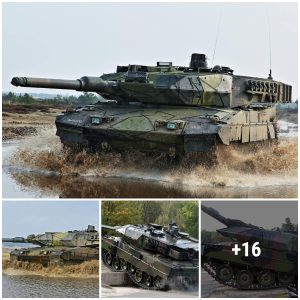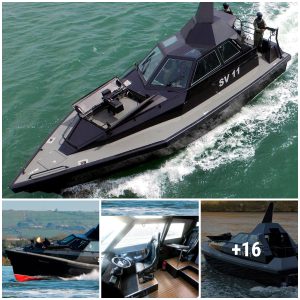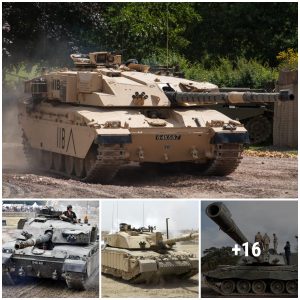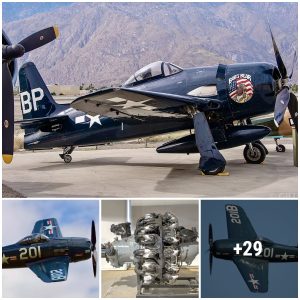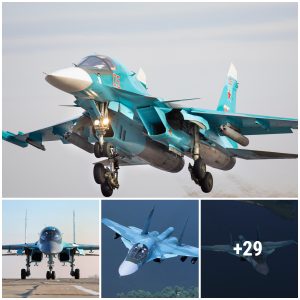The Liaoning Aircraft Carrier still retains much of the layout of its predecessor. Her hull is treated to resist metal corrosion and repainted.

Introduce
In a relatively short span of time, China had a rapidly growing Navy Air Force. China’s first aircraft carrier, the Liaoning, completed a major overhaul and upgrade program in January 2019, while the second, the Type 001A, after undergoing Sea trials are ready to go into operation. A third aircraft carrier is also under development, but like its predecessors, it will not be powered by nuclear power. Although China is still considered technologically lagging behind the United States, the arrival of the Shandong and Liaoning aircraft carrier is playing an important role in the naval force development program, and help Beijing carry out its long-term missions abroad in the future.

Background
The Chinese have been interested in aircraft carriers since the 1980s, but these ambitions only came true when they purchased the old half-finished Kuznetsov-class Varyag aircraft carrier from Ukraine in 1998. The Chinese perfected it between 2002 and 2012 at the Dalian naval shipyard in northeast China. The ship was renamed Liaoning, also known as Type 001, she was commissioned on September 25, 2012.
There are currently two active Kuznetsov-class aircraft carriers in the world, the Admiral Kuznetsov of the Russian Navy and one of China. A little more about the origin of the Liaoning aircraft carrier, the ship is exactly a cruiser capable of carrying aircraft. Admiral Kuznetsov, the only Russian Kuznetsov-class aircraft carrier, can carry only about 20 aircraft, of which only 12 Su-33 and 5 Su-25 fighters, the rest are helicopters. Compared to the true aircraft carriers of the US, this number is very small. However, as a cruiser, Kuznetsov-class can carry a relatively large number of ωεɑρσռs, acting as a true warship.

Although a large ship like Liaoning needs a system of logistic and escort ships, the smooth coordination between warships also takes time to complete. But, it can be said, can not despise China’s power. After being acquired from Ukraine, Varyag was redesigned by the Chinese to transform her military function. Of course, the ship was scanned under a microscope to learn about the superior Soviet shipbuilding techniques. The Chinese desire for an aircraft carrier has come true.
Design
Basically, the Liaoning still retains much of the layout of its predecessor. Her hull is treated to resist metal corrosion and repainted. The island superstructure is placed on the starboard area in the middle of the ship, sensors and system management are also located here. The flight deck occupies the largest area, and is equipped with ski-jump flight deck to launch aircraft. The electromagnetic aircraft launch system is used to launch naval aircraft from the deck. As completed, the ship has a full load displacement of 67,500 tons, a beam of 75m and a draft of 8.97m. There are two elevators arranged along the starboard, in front and behind the superstructure.
Armament
The ship was fitted with a Type 348 active electronically scanned array radar and a Sea Eagle radar. The air defense system consists of three Type 1130 close-in ωεɑρσռ systems, capable of firing 9,000 rounds per minute. There are also 18 cells Flying Leopard FL-3000N missile system, which can engage subsonic and ultrasonic targets within a range of six to nine km. Anti-submarine warfare is supported by anti-submarine missile launchers. The old anti-ship missile tubes have been removed to create more space inside the hangar or to be used as storage.
Propulsion
The Chinese has invested heavily in the development of aircraft carriers in recent years, but the technology they have is not sufficient to produce nuclear aircraft carriers. The propulsion system is provided by steam turbines from eight boilers, driving four propellers, producing a total capacity of 200,000 horsepower.
In addition, she is also equipped with turbine and diesel generators to provide power for onboard activities. Liaoning can reach a maximum speed of 32 knots. Because there is no nuclear energy like the American carriers, her ability to operate is worse, depends on refueling. The operating range of Liaoning is only 3,850 nautical miles at 32 knots or 7,000 nautical miles at 16 knots. The ship can operate at sea for 45 consecutive days without support from auxiliary ships, crew including about 2,000 people.
Air wings
The carrier is designed to carry around 50 aircraft, including helicopters and fixed-wing planes. Liaoning will operate the Shenyang J-15 carrier-based fighter aircraft, the Z-18 medium transport helicopter and the Harbin Z-9 utility helicopter.

Operations
Initially, Liaoning was used for training purposes, but after a major upgrade from August 2018, the ship was believed to be ready for combat status. A report on April 24, 2019 of China Central Television explained in detail about the upgraded items on the aircraft carrier Liaoning. According to CCTV, the braking cable system was replaced with a new material that has a greater load capacity when the fighter landed as well as increasing the life of the cable. A grid system was also added on the deck to assist fighters in an emergency. The superstructure of the ship has enhanced anti-jamming capability while the control tower has been expanded, the air traffic controllers have more operating space and better visibility.
Boilers and electrical systems on board are improved and optimized to operate more stable and efficient. Military experts believe that the experience gained from the operation of Liaoning will be applied on the chinese new aircraft carriers. As mentioned, an aircraft carrier depends on a lot of factors when operating.

When entering combat environments, a large vessel like Liaoning is a vulnerable target. Therefore, aircraft carriers always avoid operating within the effective range of anti-ship missiles as well as air-to-surface missiles. Understandably, the aircraft carrier is not an ultimate ωεɑρσռ, a monster can devour others.
If Liaoning is used in the South China Sea, it will not be a good move either. The South China Sea is not too wide, surrounded by many countries from all four sides. Therefore, bringing it into practice in this sea area will be extremely difficult. It can be seen that the operating area for Liaoning in the South China Sea is very limited. According to military analysts, the goal of Liaoning will not be in the South China Sea, but in the Taiwan Strait, in order to prevent the risk of the Chinese Navy being divided in this area, consolidating ambition to unify Taiwanese island to the mainland.
